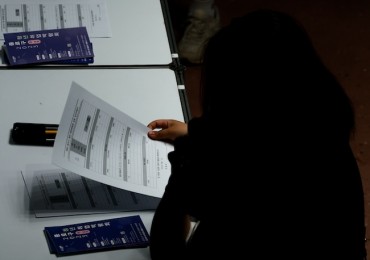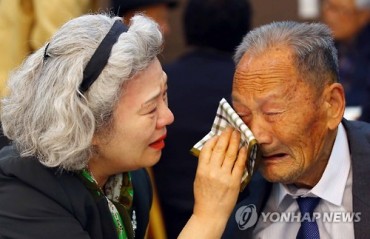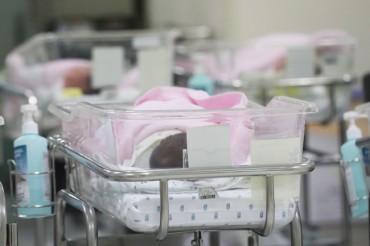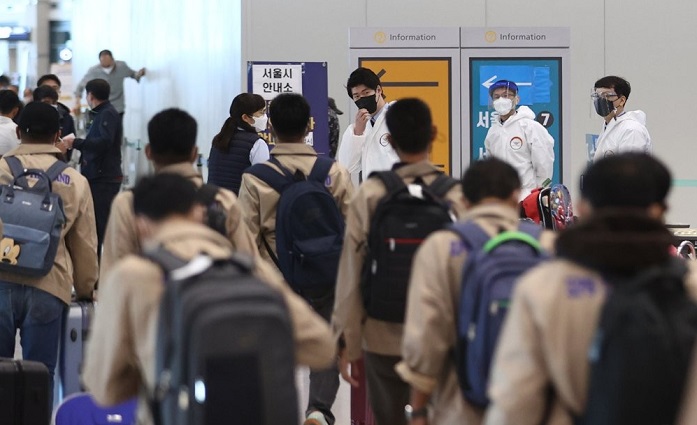
Entrants from abroad undergo quarantine procedures at Incheon International Airport, west of Seoul, on May 21, 2021. According to the Korea Disease Control and Prevention Agency, about 3,700 of the combined 10,465,246 passengers that entered the country via airports and ports from Jan. 3, 2020-May 17, 2021, tested positive for COVID-19 in border tests. (Yonhap)
SEOUL, May 21 (Korea Bizwire) – South Korea’s daily new coronavirus cases fell below 600 on Friday, as health authorities decided to extend the current distancing rules for another three weeks amid continued cluster inflections and spreading variant cases.
The country reported 561 more COVID-19 cases, including 542 local infections, raising the total caseload to 134,678, the Korea Disease Control and Prevention Agency (KDCA) said.
Friday’s daily caseload compares with 646 on Thursday, 654 on Wednesday and 528 on Tuesday.
There were six additional virus deaths, raising the total to 1,922.
Currently, the greater Seoul area, home to more than half of the country’s 52 million people, is under Level 2 social distancing, the third highest in the five-tier scheme, while the rest of the country is subject to Level 1.5 distancing.
Gatherings of five or more people are banned nationwide in principle.
Prime Minister Kim Boo-kyum said the current distancing rules will be extended for three more weeks staring next Monday.
South Korea has been raising its guard against sporadic cluster infections across the nation amid the rising number of travelers enjoying warm weather.
The country has reported more than 1,113 cases of variant strains of COVID-19 from Britain, South Africa, Brazil and India, with southern cities, such as Ulsan, reporting the most variant cases.
Health authorities voiced concerns over the spread of variants, saying the British variant of the COVID-19 virus showed signs of spreading nationwide.
Vice Health Minister Kang Do-tae said the British variant has been sporadically found in Gyeonggi, Jeolla, Chungcheong and North Gyeongsang provinces.
Of the 1,113 variant cases, the British variants stood at 904, followed by 111 of the South African variant, 87 of the Indian variant and 11 of the Brazilian variant.
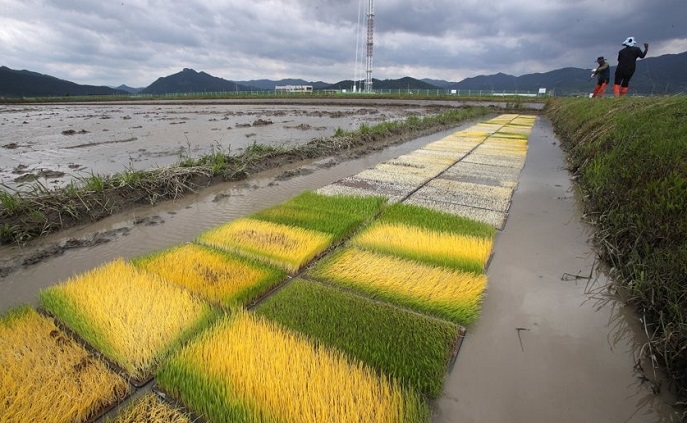
Farmers move seedbeds to plant rice on paddies in Boseong, 397 kilometers southwest of Seoul, on May 21, 2021, as the country entered the season for rice planting. (Yonhap)
Meanwhile, South Korea reported its first case of a “breakthrough” infection, in which a fully vaccinated person is infected with COVID-19.
Park Young-joon, a senior health official, said the breakthrough infection came 14 days after a person got the second dose of a vaccine.
Breakthrough infections are likely to rise as the nation’s vaccination campaign gathers pace, Park said.
While the country launched its vaccination program on Feb. 26, it has been sluggish in inoculating South Koreans amid the tight supply of vaccines.
As of Thursday, 1,482,842 people, or 2.9 percent of the country’s population, have been fully vaccinated, receiving both doses of two-part vaccines.
A total of 3,772,599 people, or 7.3 percent, have received their first shots, up 11,183 from a day earlier.
AstraZeneca’s vaccine has been given to 2.05 million people, while 1.7 million have received that of Pfizer.
Under the country’s vaccination blueprint, South Korea aims to inoculate 13 million people by the end of June and achieve herd immunity by November.
Of the locally transmitted cases, 171 came from Seoul, and the surrounding Gyeonggi Province accounted for 161.
The total number of people released from quarantine after making full recoveries was 124,158, up 499 from a day earlier.
As of 9 p.m. Friday, South Korea reported 619 new cases, up 106 from the same time on Thursday. Daily cases, compiled by health authorities and local governments, are counted until midnight and announced the following morning.
(Yonhap)




